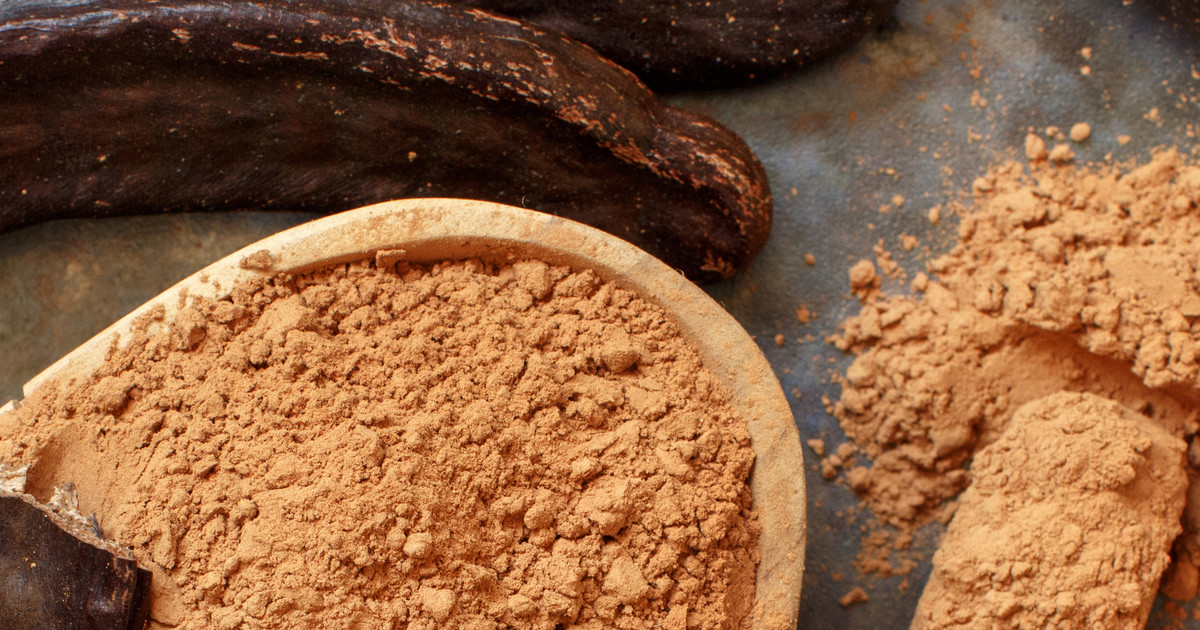What Is Epigallocatechin Gallate?
Epigallocatechin gallate seems to be a type of catechin. It also appears to be a natural antioxidant. Green tea may have many antioxidants. However, this appears to be the most abundant and potent one. This substance should help treat and maybe prevent many health conditions. Despite this, it seems to carry some risks if individuals consume too much.
Epigallocatechin gallate seems to be one of the best green tea catechins. This may be a reason why individuals include green tea in their weight loss regimen. The substance appears to be among the natural remedies for weight loss. Green tea capsules for weight loss seem to be common too. Of course, patients may want to understand this catechin fully before taking it.
Possible Sources
Epigallocatechin gallate seems to have many possible sources. Individuals may find it in vegetables, nuts, fruits, and teas. Dietary supplements may contain some of this catechin as well. It appears that the best source, though, is carob flour, which seems to be made from the pods of carob trees. This may be a good alternative to cocoa. Green tea appears to be the best tea source of this catechin, followed by white tea. Black and oolong teas may also have significant amounts, though likely less than the others.
Fruits and vegetables do not seem to be good sources of this catechin. However, some may be better than others. Fuji apples, for instance, appear to be the fruit with the most epigallocatechin gallate. Other decent sources may include plums, raspberries, and cranberries. Some unreliable sources may be avocados, kiwis, peaches, and onions. Finally, it seems that individuals can get this catechin from hazelnuts and pecans.
Continue reading to learn about how this catechin should work next.
How It Should Work
Research seems to indicate that free radicals can trigger significant cell damage. Unfortunately, this damage appears to put individuals at risk of many different health issues. Individuals may be able to protect their body from the free radicals with antioxidants. This seems to be where epigallocatechin gallate can be helpful. This catechin appears to have antioxidant properties, according to studies.
This catechin may help a process called apoptosis. The process is where the immune system should find and remove damaged cells. This substance seems to help make it faster. It may also help with inflammation by suppressing proinflammatory cytokines. These proteins appear to influence the immune system and trigger inflammation.
Discover the potential uses next.

